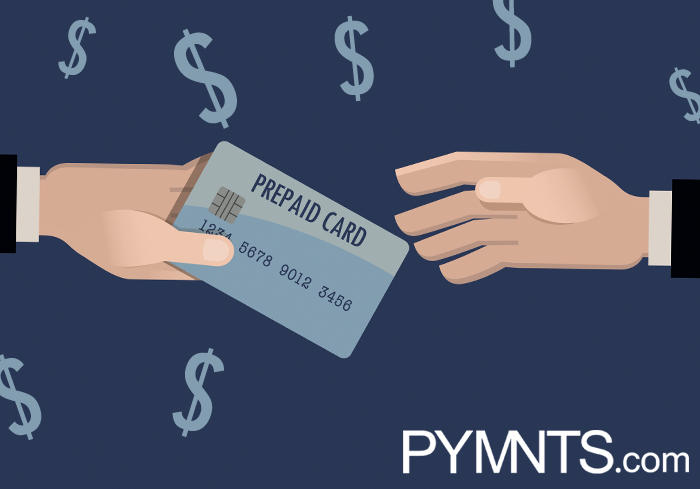
General purpose reloadable (GPR) cards are seeing increased use by consumers, especially among “unbanked” cardholders who tend to use those cards like checking accounts.
That’s among the findings of the Pew Charitable Trusts, which released a report Tuesday (June 30) titled “Banking on Prepaid,” in which research showed that 23 million adults regularly use GPR prepaid cards nationwide. Those cards let holders load funds using either cash or direct deposit activity as their source. Then the cards can be used at ATMs or at retail locations to make direct purchases.
Those surveyed by Pew totaled 587 respondents who use those cards at least once per month. The respondents were questioned late last year on various attitudes towards, and use of, the cards.
Pew said its findings reflect an increased use of prepaid cards, with a 50 percent jump logged between 2012 and 2014. Key drivers came from a growing use of the cards among those respondents with bank accounts; they tended to get their prepaid cards at either banks or credit unions. Demographically speaking, Pew noted, these users had higher incomes than did unbanked prepaid cardholders.
The survey found that unbanked users tend to treat their cards virtually as traditional checking accounts — and check their balances more frequently than their banked brethren. Of the unbanked, statistics from the survey showed that more than eight out of 10 cardholders have annual household incomes lower than $50,000 and roughly one-third of that number have incomes below $15,000. These users treat cards as a budgeting aid, with an eye on controlled spending and avoiding debt.
Pew’s report also states that a majority of prepaid card users do not in fact know if their cards have protections in place, such as an arbitration clause, or whether the funds tied to the cards are FDIC insured. Yet Pew’s research shows that roughly three quarters of cards do actually have such a clause, though many cardholders do not know if they are covered by liability protection; however, the cards must be registered for the clause to be in effect.
Noting that the Consumer Financial Protection Bureau had proposed a number of safeguards to boost consumer protection on prepaid cards, Pew stated that those rules should be finalized quickly.
[vc_row full_width=”” parallax=”” parallax_image=””][vc_column width=”1/1″][/vc_column][/vc_row][vc_row full_width=”” parallax=”” parallax_image=””][vc_column width=”1/1″][vc_separator color=”grey” align=”align_center” style=”” border_width=”” el_width=””][vc_single_image image=”148412″ alignment=”center” style=”vc_box_shadow_3d” border_color=”grey” img_link_large=”” img_link_target=”_blank” css_animation=”left-to-right” img_size=”full” link=”http://www.pymnts.com/whats-hot-today/”][vc_column_text css_animation=””]
To check out what else is HOT in the world of payments, click here.
[/vc_column_text][vc_separator color=”grey” align=”align_center” style=”” border_width=”” el_width=””][/vc_column][/vc_row]